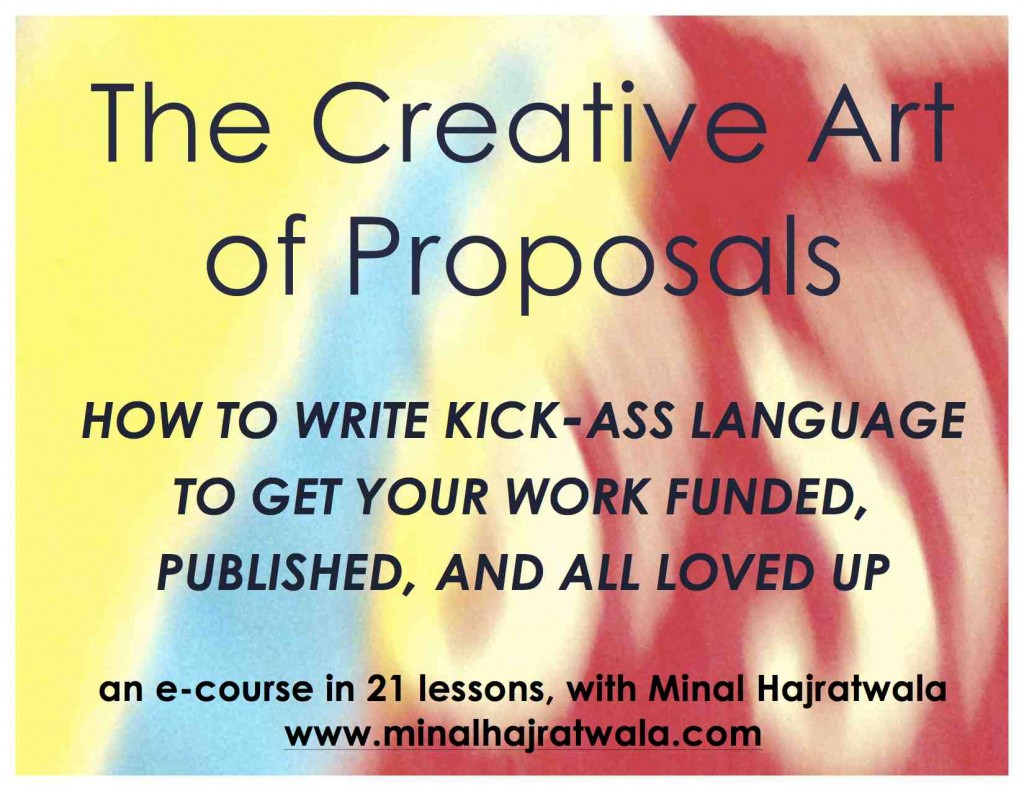Here are my notes on another in the series of University of Iowa lessons on poetry craft. (To see last week’s notes, click here: Sketching for Poets by Robert Hass.)
Lecture: Building a Poem
Khalastchi = on staff at the University of Iowa + co-founder of Rescue Press + born in raised in Iowa + 1st gen Iraqi Jewish American.
In this talk, he shares some ideas for moving into what he calls “the wild construction of possibility” — building on the sketches/notes and turning them into something bigger. There are many ways, not just one way. He says it’s like building a house.
[Note from self: I don’t really think so. It’s more like building a space dragon.]
5 tools to build a poem
- Image. A visual or sensual description.
- Figurative language. If every image were literal, that would be boring. Images that represent something else or create comparison/connection make the language come to life.
- The line. Use to create emphasis, pacing, mood. (For example, line breaks can create emotional hesitation.) The line gives us a double meaning: itself, and then whatever it means in relation to the lines before and after. Consider, what is the line doing? How can I get a new meaning out of it? If you’re not sure why you’re breaking a line, don’t break the line. You are the one in control of your words that make the line.
- Sound (repetition, rhyme), the music of poetry. Line breaks are one of many tools to create music, rhythm. Rhyme creates emphasis and changes mood. Rhythm changes the pace, tone. Can signal the “turn” of the poem.
- Form. Constraint can help the writer. Experiment with forms (sonnets, quatrains, etc.) if that works for you.
What a poem is
Quotes/paraphrases from other poets that he cites:
- James Wright: Poetry is the crucial relation between craft and the imagination.
- Robert Hass: A good image makes something so real, it’s like being alive twice.
- Denise Levertov: When you (as the reader of a poem) get to the end of the line, you give the the writer the respect of giving it a half comma. You pause for a second to take in what that line was, and you look at the line as a unit, what it’s doing on its own.
Model poems
We work in this building and we are hideous
in the fluorescent light, you know our clothes
woke up this morning and swallowed us like jewels
and ride up and down the elevators, filled with us,
turning and returning like the spray of light that goes
around dance-halls among the dancing fools.
My office smells like a theory, but here one weeps
to see the goodness of the world laid bare
and rising with the government on its lips,
the alphabet congealing in the air
around our heads. But in my belly’s flames
someone is dancing, calling me by many names
that are secret and filled with light and rise
and break, and I see my previous lives.
Exercise:
Construct a poem however you want (maybe in a form). Consider using some of the sketched or collected lines from previous work as your building materials. Include at least one image and one metaphor.
Classmates, I look forward to seeing you in our class forums 🙂 and please also feel free to poke around this site or connect with me elsewhere:
- Twitter: @minalh
- Facebook: Minal Hajratwala
- LinkedIn: Minal Hajratwala’s coaching & professional services
- Pinterest: Minal’s fun stuff For Writers Only
